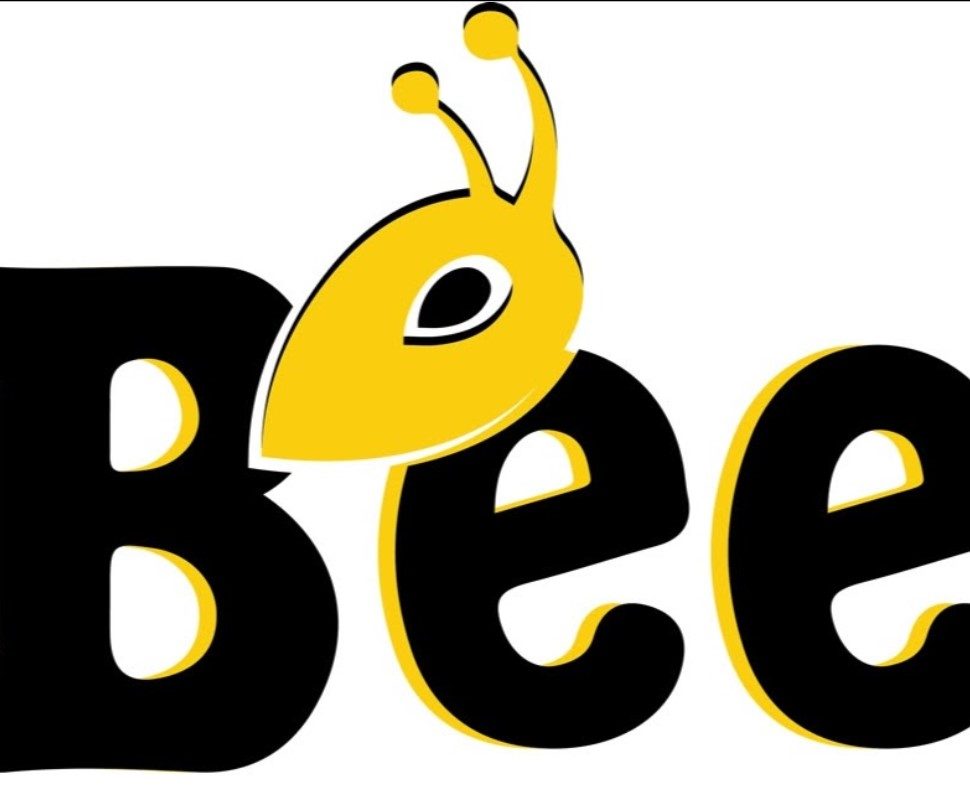Tutoring and teaching are two distinct approaches to education, both aiming to help students learn and succeed academically. However, they differ significantly in terms of their methods, goals, and scope. Understanding these differences can help you make an informed decision about which educational support is best suited for your needs or those of your child. In this blog post, we’ll explore the disparities between tutoring and teaching and shed light on when each option is most beneficial.
Tutoring: Personalized Learning
One-on-One Attention
Tutoring is a personalized, one-on-one learning experience. Tutors work closely with students to identify their unique strengths and weaknesses, tailoring lessons to meet individual needs. This level of personal attention is rarely achievable in a traditional classroom setting.
Targeted Support
Tutors focus on specific subjects or topics where students require assistance. Whether it’s math, science, writing, or test preparation, tutors provide targeted support to address learning gaps effectively.
Flexible Scheduling
Tutoring often offers flexibility in scheduling. Sessions can be arranged to accommodate students’ busy lives, making it convenient for both students and parents.
Immediate Feedback
Tutors offer immediate feedback, helping students correct mistakes and improve their understanding of the material in real-time. This instant gratification enhances the learning process.
Confidence Building
Tutoring helps boost students’ self-confidence by offering a safe and non-judgmental environment to ask questions and seek clarification. As their knowledge and skills improve, so does their self-esteem.
Teaching: Classroom Education
Classroom Setting
Teaching primarily occurs in a classroom setting, where one teacher instructs a group of students. The focus is on delivering a standardized curriculum to a larger audience.
General Education
Teachers are responsible for covering a broad range of subjects and topics outlined in the curriculum. Their aim is to provide a well-rounded education to all students.
Structured Learning
Teaching follows a structured schedule and lesson plans designed to meet the educational objectives set by educational authorities. This structured approach ensures uniformity in learning.
Classroom Management
Teachers must manage classroom behavior and ensure all students are engaged in the learning process. This can be challenging in larger class sizes.
Limited Personalization
In a classroom, teachers may find it difficult to cater to individual learning styles and needs due to the number of students they are responsible for.
When to Choose Tutoring or Teaching
- Choose tutoring when you or your child needs personalized, focused support in specific subjects or areas of study.
- Opt for teaching when a comprehensive and structured education is required, such as during regular school hours.
- Consider a combination of both for a well-rounded educational experience, utilizing tutoring for targeted assistance and teaching for broader learning.
Tutoring and teaching serve distinct purposes in the realm of education. While tutoring offers personalized, one-on-one support for targeted learning needs, teaching provides a structured, classroom-based education. The choice between the two depends on your specific goals and requirements. By understanding the differences, you can make an informed decision to support your educational journey effectively.

